Top Free AI Art Emulation Software
In today’s world of digital art, free AI art software is changing the game for both experienced artists and beginners. These tools offer various features, from creating images with just text to different artistic styles and customization. The challenge is finding which best fits your creative goals and tech needs. We’re investigating which software is best for free AI art creation. This search will provide insights into the future of digital art.
Finding the best free AI art software isn’t just about the most features. It’s about finding a tool that matches your artistic vision and how you like to work. Some programs are great for those who love experimenting with different styles, while others might focus more on realism or abstract art. Knowing what you need is the first step in choosing the right tool.
Remember, the right software can open new doors for your creativity. Whether you want to create stunning digital paintings or unique graphic designs, a free AI tool can help. With the right pick, you’re getting software and unlocking a new way to express your creativity.
Key Takeaways
- Fotor, DALL-E 2, NightCafe, Jasper Art, and Midjourney lead in AI art.
- Beware of licensing and ethical issues using these tools.
- User feedback shapes future advancements in AI art creation.
Understanding AI Art
Diving into AI art shows us how advanced algorithms can turn words into stunning visual pieces. This blend of tech and art involves programs like DALL-E 2 and Starry AI, which learn from various art to create anything from traditional to modern images based on text inputs. These tools are making it easier for everyone to create art. Even without drawing skills, people can now bring their ideas to life. This opens up art to more people, creating a space for more voices and ideas.
The rise of AI in art is changing how we think about creativity. Anyone can become an artist with tools like DALL-E 2 and Starry AI. You can adjust settings and choose styles to make unique images. This is big because it makes creating art more inclusive. It’s not just about making art more manageable to create; it’s about inviting more people to express themselves. This shift is massive, showing how AI is reshaping the art world.
Key Features Comparison
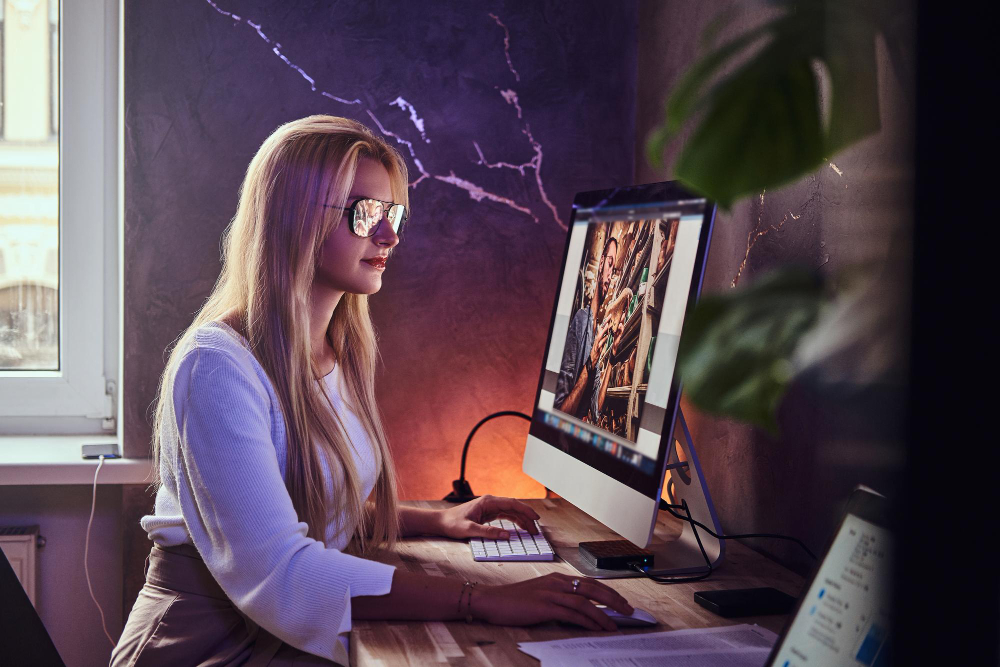
When looking into popular free AI art emulation software, it’s critical to focus on how they differ in giving out credits and the creative avenues they open up.
DALL-E 2 grabs attention by providing users with 15 monthly image credits for generating art from the text, perfect for those needing a steady flow of high-quality AI-generated images. On the other side, Starry AI opts for a daily interaction model, offering five credits daily for users keen on making AI art regularly, fitting for those with daily bursts of creativity.
NightCafe makes its mark by gifting newcomers three free credits immediately, encouraging them to dive into AI art-making. Artbreeder takes a unique route by emphasizing collaborative art-making with ten monthly credits, fostering a sense of community among users.
DeepAI, on the other hand, breaks the mold by allowing unlimited image creation for free, thus removing any barriers to endless artistic exploration. This rundown showcases the varied strategies these platforms employ to support AI art creation, meeting a broad spectrum of creative needs and desires.
User Experience Insights
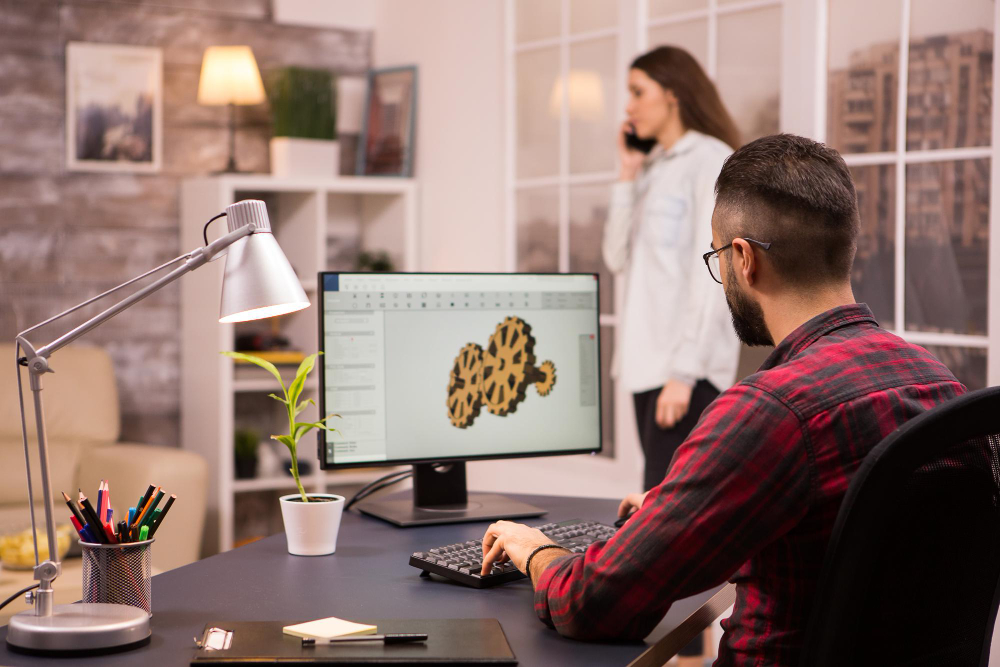
NightCafe is known for its easy-to-use interface, which is perfect for those new to AI art. It offers daily tasks that help users learn and improve at creating AI artwork in a fun and engaging way. This approach allows users to get better step by step.
Artbreeder is a platform where users can collaborate using StyleGAN and BigGAN models to create varied art. Its focus on collaboration highlights the importance of community in pushing the boundaries of AI art.
Platforms like DeepAI and Craiyon make creating images easy for everyone. DeepAI provides APIs for easy integration, while Craiyon specializes in making images more precise and detailed. These tools are vital in making AI art accessible to more people.
Canva offers a wide range of design options and powerful text-to-image features, allowing users to try new things beyond AI art and showing AI’s flexible and inclusive nature in creative fields.
Customization Capabilities
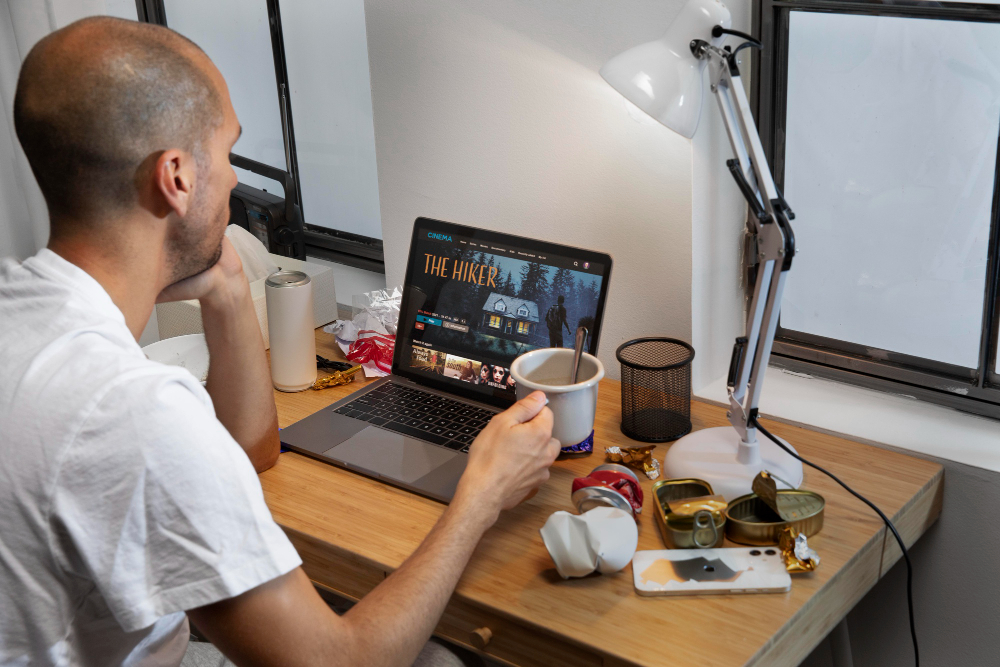
Exploring free AI art software shows a significant change in how artists work. Tools like filter options, adjustable levels, and real-time editing let artists shape their artwork’s look and feel in detail. This makes creating art more personal and enables artists to explore new areas of digital art.
These features mean artists have more control. They can experiment more and make their digital art stand out. This is important because it opens up new possibilities in art, making the creative process more exciting and diverse.
Extensive Filter Options
The best free software for creating dog breed images offers many filter options. These tools let users fine-tune their digital artwork with impressive precision. With these tools, enthusiasts can adjust styles and details, crafting pieces that truly represent their vision.
| Software | Key Feature |
|---|---|
| NightCafe | Wide range of filter options |
| Artbreeder | Splicer tool for custom creations |
| Starry AI | Detailed control of style & detail |
| Craiyon | High-quality image enhancements |
| DeepAI | Custom API for unique creations |
These features are essential for creating personalized and distinctive images. They allow for creativity and the ability to make something extraordinary. Whether you’re looking to design a unique portrait of your pet or create a fantasy dog breed, these tools offer the flexibility and control needed to bring your ideas to life.
Adjustable Complexity Levels
AI art software now offers flexibility in how complex or simple you want your digital art to be. This means artists can tweak their creations to match precisely what they envision, from the most intricate details to broader strokes. This flexibility is crucial for those looking to make their digital art stand out.
With the customization option, artists can experiment with various styles, from photorealistic images to more abstract designs. Quick presets and easy image creation tools mean you can bring your personalized vision to life without spending hours on a single piece. Editing tools and the option to try different versions help refine your art until it meets your exact standards.
These features mark a significant step forward for AI art software, making it a valuable tool for artists looking to push the boundaries of creativity.
Real-time Editing Features
Expanding on the complexity levels available in art software features for editing in real time gives artists even more control over their work. For example, Starry AI has introduced detailed control options for art styles and effects, allowing artists to fine-tune their projects precisely. NightCafe makes creating art faster by allowing quick changes and generating images in real time. This speeds up the art-making process, enabling artists to try out different ideas quickly.
DALL-E 2 changes the game by instantly letting users customize their art using text prompts. This feature creates a direct link between an idea and its artistic realization. Pixray distinguishes itself with comprehensive guides for custom coding, which improves the process of creating images on the fly. Fotor, on the other hand, provides real-time editing tools, such as templates and a text-to-image feature, which help make immediate customizations and offer artists a wide range of creative possibilities.
These advancements significantly shift how digital art is created, offering tools that support instant changes and creative exploration. The ability to adjust and refine art in real-time is crucial for artists seeking to perfect their work without delays.
Artistic Flexibility

The ability to adapt and change in AI art programs is critical for artists who want to blend real-life detail with abstract ideas. This adaptability is shown through various styles and customization options, letting creators adjust their work to match their needs. Playing around with different artistic methods while still keeping the artwork looking great is a big step forward in technology. It gives people a broad space for creating digital art.
Artists can now experiment more freely, mixing natural and imagined elements without losing the art’s integrity. This level of control and variety means that the software can support no matter the artistic vision. It’s a testament to how far we’ve come in making digital tools that can cater to the diverse needs of the creative community.
Variety of Styles
Thanks to advanced AI technologies, various free software now offers an exciting chance for users to experiment with different art styles. These programs allow for high-resolution images that can mimic a wide range of artistic influences.
Artbreeder uses cutting-edge technology to offer a space where users can collaborate and try out numerous artistic expressions. It’s a creative playground for those looking to push the boundaries of digital art.
NightCafe keeps its community engaged with daily creative challenges, offering different plans for those who wish to dive deeper into digital art creation. It’s a great way to keep your artistic skills sharp and explore various styles.
Craiyon, inspired by the abilities of DALL-E Mini, takes suggestions for art creation to a new level. Users can bring their visions to life in styles they’ve only imagined with the added ability to refine images.
These platforms showcase the incredible opportunities that AI technology brings to the art world, allowing for creativity and expression in ways that were not possible before.
Customization Options
Diving into the world of free art software that mimics artistic styles, it’s clear that having options to tailor the experience is vital for creativity. Leonardo AI shines with features like image upscaling, producing different outcomes, and background removal, giving users plenty of room for personalization. NightCafe excites with its unique effects and quick image creation, allowing for more artistic freedom.
On the other hand, DALL-E 2 is known for turning text into images, offering various results and edits for a broad creative canvas. Starry AI lets users pick art styles and tweak pictures to their liking. Pixray invites deep experimentation with its customizable engine, multiple rendering options, and detailed guides on tweaking code, showing how vital these customization features are in encouraging creative exploration across platforms.
Realism Vs. Abstraction
The choice between creating realistic portrayals or abstract interpretations of our canine companions is crucial in free AI art software tailored for dog breed enthusiasts. This choice shapes the artwork’s story, allowing dog lovers to capture their pets’ true essence or reimagine them in unique, artistic ways.
Some software focuses on realism, perfecting the art of rendering dogs with incredible detail to mirror the actual appearance of different breeds. These platforms are ideal for those who wish to celebrate the physical attributes of their pets through art. On the other hand, abstraction-oriented software invites users to transform familiar dog breeds into imaginative, stylized artworks. This approach is perfect for those looking to express the personality and spirit of their dogs beyond physical characteristics.
Offering a range of tools that cater to realistic and abstract styles, the best free AI art software for dog breeds ensures every pet owner can find a way to express their love for their dogs creatively. Whether you prefer a precise depiction or an artistic interpretation, these platforms empower you to bring your vision to life.
Output Quality Analysis
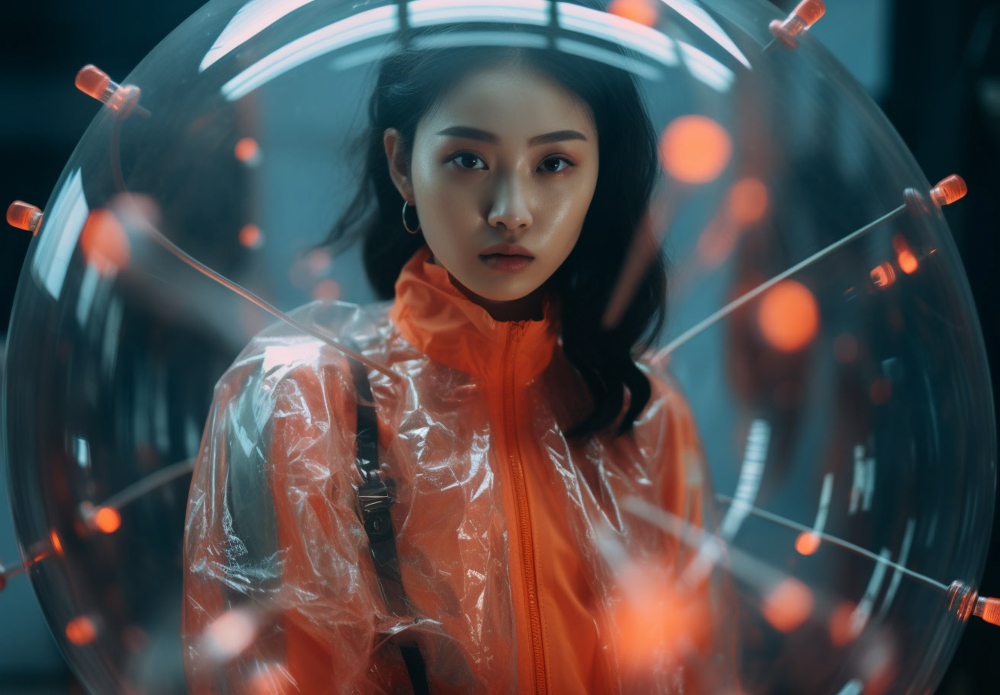
Evaluating the output quality of AI art emulation programs shows a wide variety in the details and realism of images created by platforms such as DALL-E 2, Starry AI, NightCafe, Artbreeder, and DeepAI. Each uses different algorithms and models, building a broad spectrum of artistic styles.
DALL-E 2 excels in crafting high-quality images from text prompts, highlighting its advanced capability to handle intricate requests. Starry AI is known for its high-end art categories like Altair and Orion, providing users with quality that can stand toe-to-toe with professional artwork.
NightCafe makes AI art generation accessible to beginners, focusing on simplicity without compromising quality, making it a great starting point for newcomers. Artbreeder uses advanced StyleGAN and BigGAN models for a collaborative art-making experience, producing high-quality results that improve with user contributions.
DeepAI aims to democratize the creation of beautiful art, ensuring those without a technical background can still generate appealing images. This analysis of output quality emphasizes the role of sophisticated algorithms and models in delivering top-tier and user-friendly image outputs across different platforms.
Licensing and Copyright
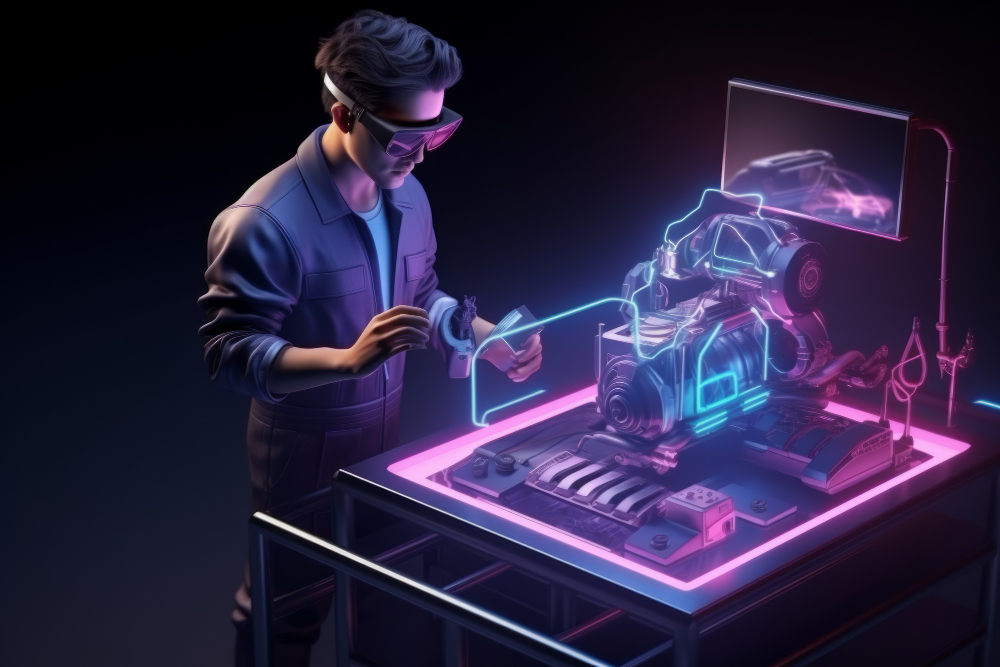
When using AI to create art that mimics famous styles, it’s crucial to know the rules around licensing and copyright. This knowledge helps you stay on the right side of the law. The world of AI-generated art has rules that artists need to follow.
First, always check the terms of use for any AI art software you plan to use. These terms tell you what you can and can’t do with your creations. For instance, if you’re hoping to sell your AI art, be aware that many platforms might not allow it.
If you plan to share or sell your work, you might also need to credit the AI that helped you create it. This step is about being transparent about where your art comes from.
Ethical Considerations
Exploring the world of AI art creation tools, we face several ethical challenges. These include concerns over intellectual property rights and who owns art pieces created by AI. When technology meets art, it raises questions about the balance between respecting original artists and embracing the possibilities offered by AI. People using AI to create art must be aware of the risk of infringing on copyright, mainly when their works are similar to existing copyrighted material. It’s essential to understand the rules of using these tools, which outline how and where the created images can be shared or used.
The use of AI in making art also sparks a debate on the value we place on human creativity today. There’s a fundamental need to respect and honor the work of artists and creators, which is central to these discussions. Engaging with AI art tools should prompt users to consider their impact on the broader art community and how AI-made art is viewed. Finding a middle ground where innovation flourishes while respecting creative rights is the critical challenge, ensuring the growth of digital art remains respectful and groundbreaking.
Community Engagement
Community involvement in AI art creation tools like Midjourney and Artbreeder is dynamic. These platforms focus on users sharing their creations and sparking conversations on social media. These platforms are about giving users the means to create art and building communities where individuals can come together to share and celebrate their artistic journeys. This involvement is vital for the growth of AI art, as it promotes ongoing dialogue and feedback, which benefits both the people using the software and the software itself.
The interaction between users and these platforms enhances the art-making process, making it more enjoyable and innovative. When people talk about their experiences and the artwork they’ve made, it helps others see what’s possible and encourages more creative exploration. This feedback loop is essential for improving the tools available and ensuring they meet the needs of their users.
By actively participating in these communities, users contribute to the evolution of AI art. Their input helps developers understand what features are most appreciated and what could be improved, leading to better tools for everyone. This collaborative environment advances technology and enriches the artistic landscape, allowing for a broader range of expressions and styles.
User Experience Sharing
Platforms encouraging sharing experiences and engaging with a community significantly boost the appeal of free AI art tools. These spaces allow artists and enthusiasts to connect, share their work, and collectively push the limits of creativity.
For instance, Midjourney AI has a Discord server where users can get immediate feedback on their AI-created art, fostering collaboration. Artbreeder and NightCafe keep their users engaged through competitions and daily prompts, highlighting their communities’ wide range of creativity.
DeepAI and Canva offer more tools, like APIs and text-to-image features, making it easier for artists to incorporate AI into their projects. This shows how crucial community involvement is for nurturing an ongoing learning and innovation environment.
Social Media Buzz
Social media’s influence on engaging communities is potent, especially in the world of free AI art creation tools. These platforms cleverly use user interactions to build a thriving space for creativity.
- NightCafe keeps its community active with daily challenges that ignite creativity.
- Artbreeder fosters community through collaboration and contests, making it easier for artists to share their work.
- DeepAI offers easily accessible APIs, which means more people can expand their creative capabilities.
- Craiyon introduces ChatGPT for prompts, encouraging users to create unique artwork.
- Canva provides a wide range of design styles, catering to the diverse needs of its users.
These strategies do more than stir up social media interest; they are vital in keeping the community around each platform engaged and lively. It shows how crucial social media is in the world of AI art creation tools.
Top Picks for 2023
In 2023, those passionate about AI-generated art will have many free software options, each with unique offerings and capabilities. The world of AI art generators has grown, providing more tools for creating digital artwork. Among the various free AI tools, some are particularly notable for their advanced generative AI models, user-friendly interfaces, and skill in turning simple text prompts into intricate visual stories. These platforms make creating digital art more accessible and push the limits of AI technology in digital art creation, especially in areas like Style Transfer and Text-to-Image conversion.
Top picks for 2023 include:
- DALL-E 2 by OpenAI Stands out for its top-tier AI art generation from text prompts, highlighting the capabilities of text-to-image technology.
- Starry AI: Offers Altair and Orion art styles and five free daily credits, making it easy for artists to experiment with different visuals.
- NightCafe: Great for beginners with daily challenges and an easy-to-navigate platform, it nurtures creativity with various subscription options for more credits.
These platforms showcase the innovative use of free AI image generators in producing stunning digital art, bringing sophisticated digital art creation tools to a broader audience.
Frequently Asked Questions
What Is the Best Free AI for Art?
- DeepAI transforms art with digital tools.
- It merges history and technology with art.
- Offers unique visual storytelling techniques.
What Is the Best Free Generative AI?
- Analyze software for ethical AI use.
- Consider user experience and support.
- Assess output quality and adaptability.
Is There a Completely Free AI Image Generator?
- Ease of use matters when choosing an AI image generator.
- Community feedback shapes the tool’s evolution.
- Compatibility with devices affects the user experience.
Is There a Free Alternative to Midjourney Ai?
When seeking free alternatives to Midjourney AI, it’s beneficial to consider a few key aspects:
- Open-source platforms offer diverse options with active communities.
- Assessing features and community feedback is essential.
- Gauge the potential for creative inspiration carefully.
Conclusion
The world of AI art emulation software is exciting and evolving, with platforms like Fotor, DALL-E 2, NightCafe, Jasper Art, and Midjourney standing out due to their innovative offerings. These tools are designed to be easy to use while providing a range of artistic possibilities and customization options to satisfy various creative desires.
However, it’s essential to consider the issues around licensing, copyright, and the ethical aspects of using these technologies. As these platforms continue to develop, the feedback from their users and the broader community will play a significant role in guiding the advancements in AI-powered art creation, ensuring these applications stay leaders in digital creativity.